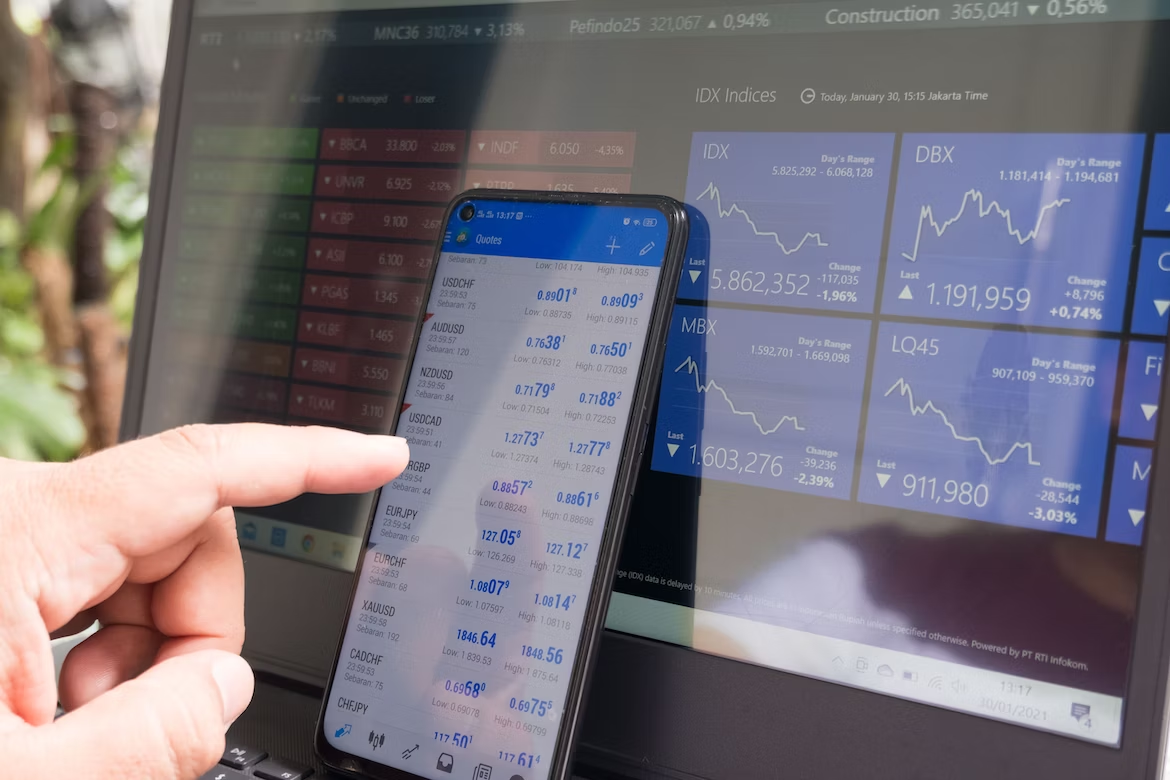How to Analyze the Forex Market: Techniques and Tools for Successful Trading by Trusted Broker Reviews

For those who wish to try Forex trading, the first thing you need to understand is how to analyze the Forex market. Forex trading is not as easy as it may seem to many, given that buying and selling currencies is highly vulnerable to a variety of factors.
Therefore, traders have to learn and techniques of market analysis and, in addition, get professional trading knowledge, to be able to make informed trading decisions. Essentially, market analysis is divided into three categories – fundamental, technical, and sentiment analysis.
Fundamental Analysis
When it comes to currency exchange, fundamental analysis is the most significant. It refers to the research of all economic factors such as inflation, interest rates, policies, political stability, etc. It involves the evaluation of both quantifiable and non-quantifiable data related to the market. This information is used to forecast the direction of the markets and make trading decisions.
In simpler terms, the strategy involves the utilization of economic indicators, including Gross Domestic Product (GDP), employment rates, retail sales, and consumption data. It helps traders understand the long-term trend of the market, thus providing insights into the economic prospects of the currency they wish to trade. As a trader, you need to be up-to-date with economic events, as they could affect the market within seconds of their release.
Technical Analysis
Technical analysis is a discipline of market analysis that is based on the evaluation of past price movements and market trends to predict the future direction of currencies. It involves the study of charts, graphs, and patterns, including candlesticks, heiken-ashi, and more. There are hundreds of indicators used in this discipline, such as Moving Average Convergence Divergence (MACD), Relative Strength Indicator (RSI), Bollinger Bands, and Fibonacci retracement levels.
Technical analysis primarily utilizes price charts to identify trading patterns and potential signals that will help traders time their buying and selling decisions in the forex market. As a trader, this tool is important, as it can give you an insight into critical levels, such as support and resistance, which help to determine entry and exit points for trades.
Sentiment Analysis
Sentiment analysis refers to the assessment of the mood and attitude of market participants toward a particular currency or currency pair. It evaluates the opinions, perceptions, and emotions of traders, financial institutions, hedge funds, and retail investors that impact currency value.
As a result, the market atmosphere can either be referred to as bearish (negative) or bullish (positive). Bearish sentiment would mean an increase in selling, with most traders short-selling, while bullish sentiment represents a buying mindset, with most traders looking to go long. Sentiment analysis helps traders understand how collective opinion and perception affect the market and how they can use these insights to make more significant trades.
As a trader, using this tool enables you to get an insight into the feelings of investors, which, in turn, could affect the trading decisions for a currency. However, sentiment analysis doesn’t always guarantee profitable trades, and traders should consider it alongside fundamental and technical analysis to make profitable trades.

The Importance of Market Analysis in Forex Trading
Forex is a highly unpredictable market, and traders use different strategies to make profitable trades. Understanding the importance of doing thorough research to determine currency value is crucial when making informed trading decisions.
Fundamental analysis is essential when traders want an in-depth understanding of the market and long-term price movements. Technical analysis highlights the current market environment, identifying trends, entry points, and resistance levels. Sentiment analysis is fundamental to providing an alternative viewpoint on market confidence to traders.
It is crucial to use all three types for a complete and comprehensive market perspective. Subsequently, traders can assess the different opportunities available in forex trading while managing their overall risk.
Summarizing
Doing research and keeping your hand on the pulse is key to select the appropriate time to enter and exit trades in the Forex market. Fundamental analysis is utilized by long-term traders; technical analysis would be significant for short-term traders; and sentiment analysis provides an alternative viewpoint on market confidence.
By having knowledge and awareness about all three types of analysis, forex traders have the ability to use various strategies to be profitable. However, traders should always weigh the benefits and risks of each strategy and select the approach that suits their trading style and goals.






